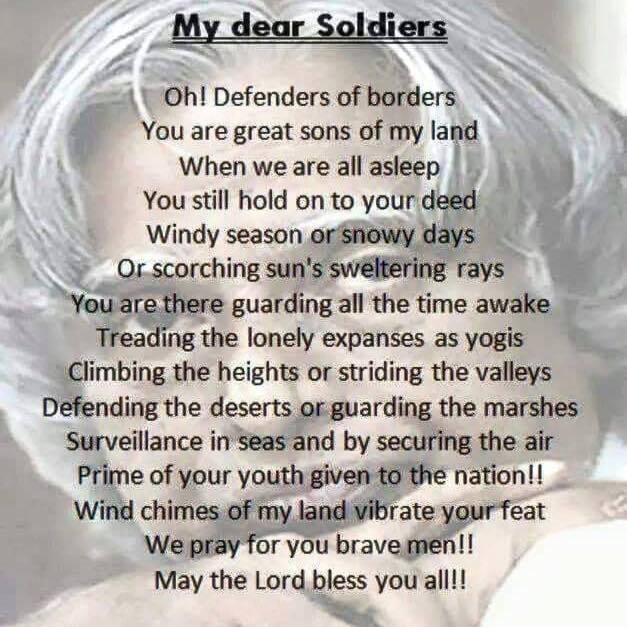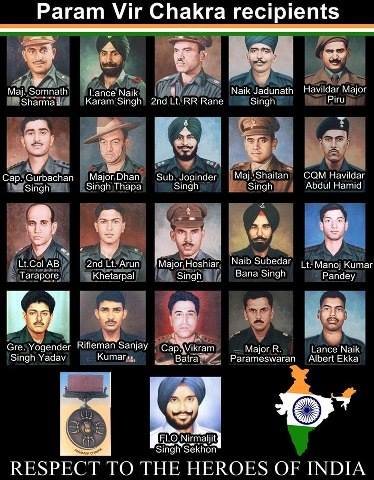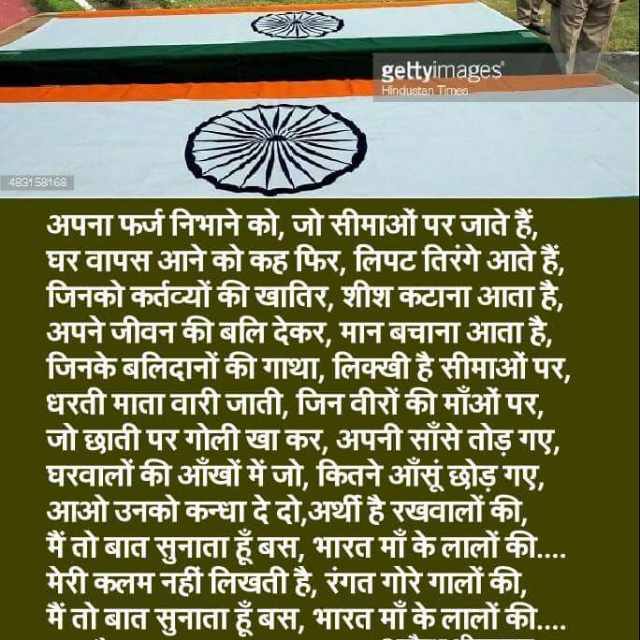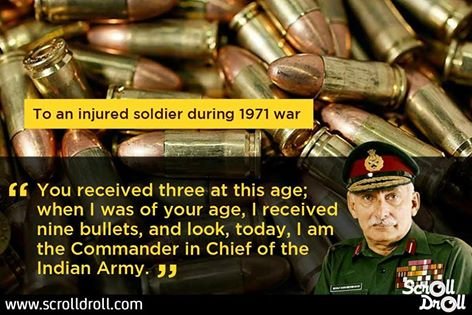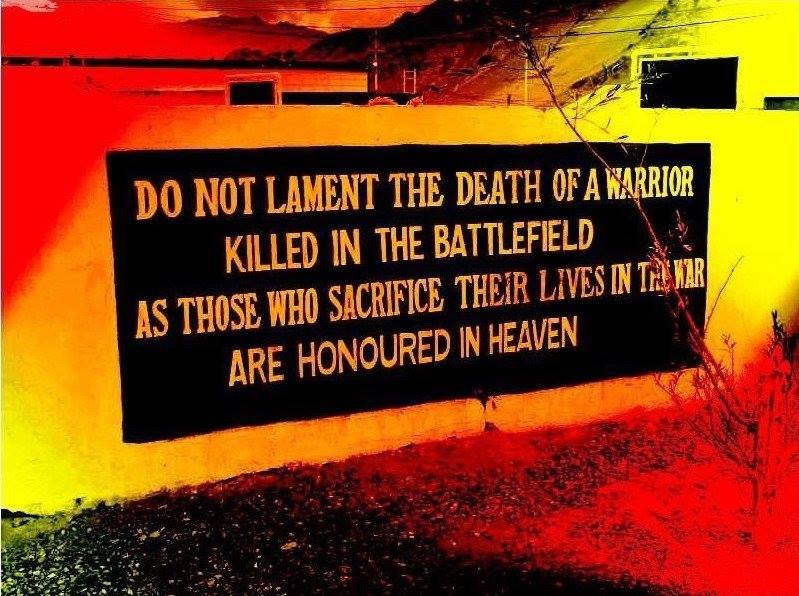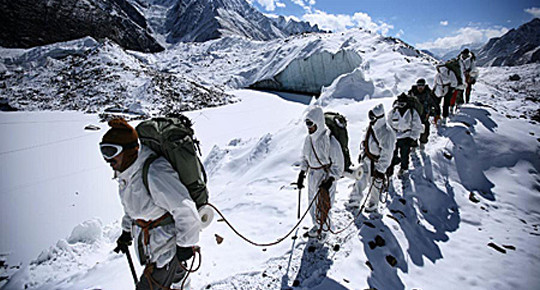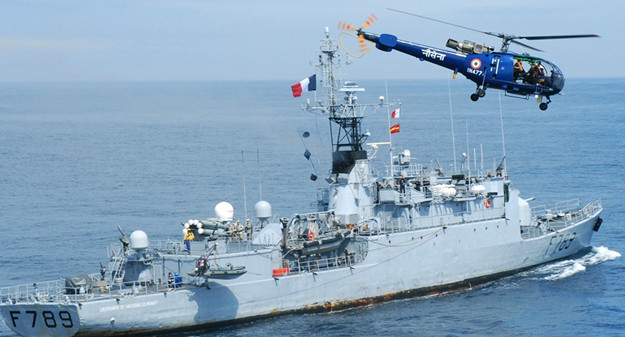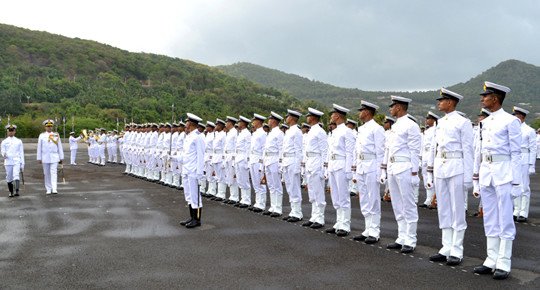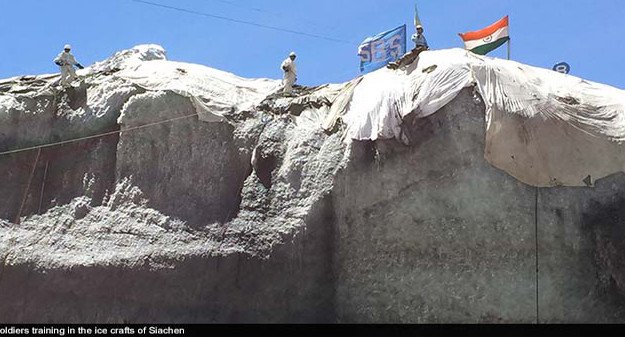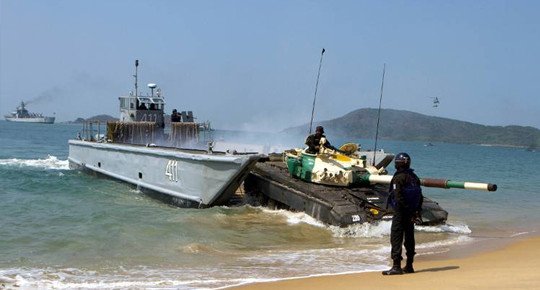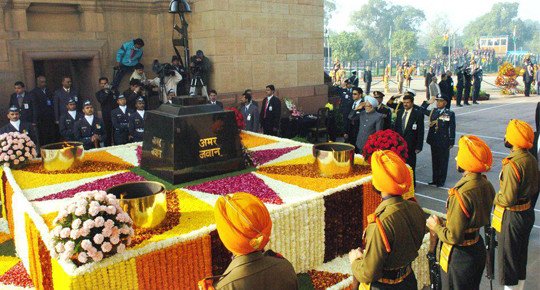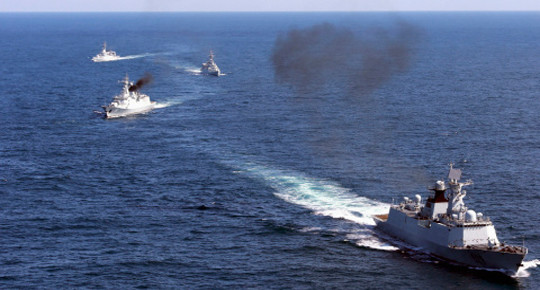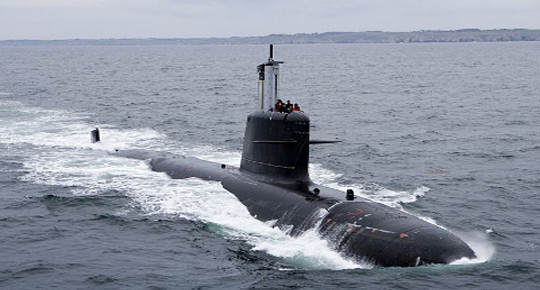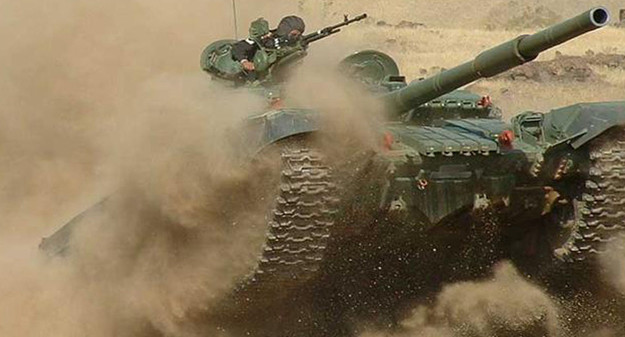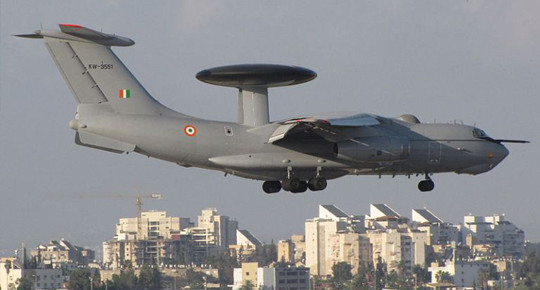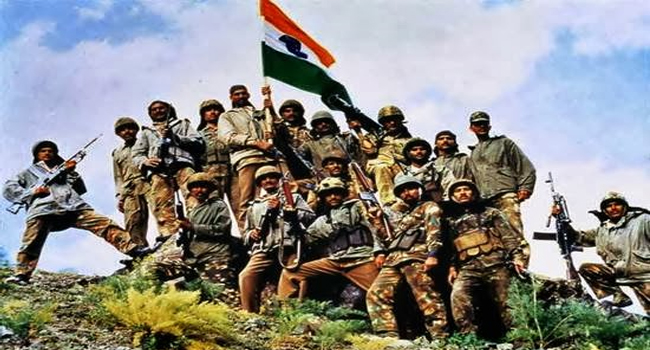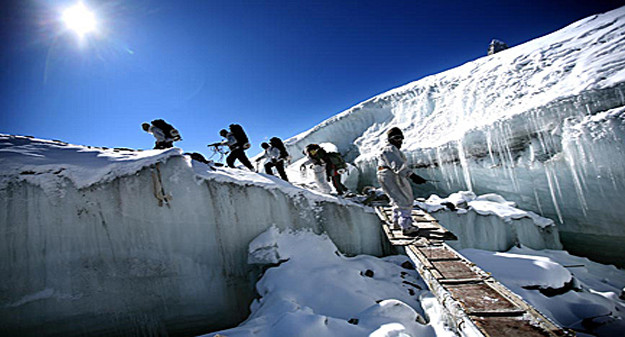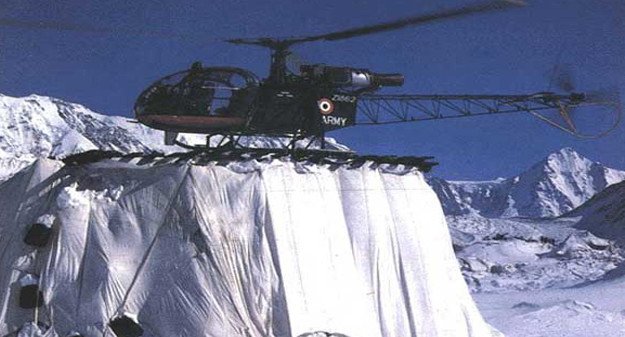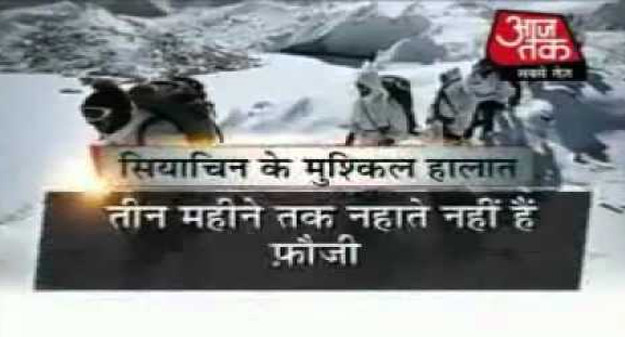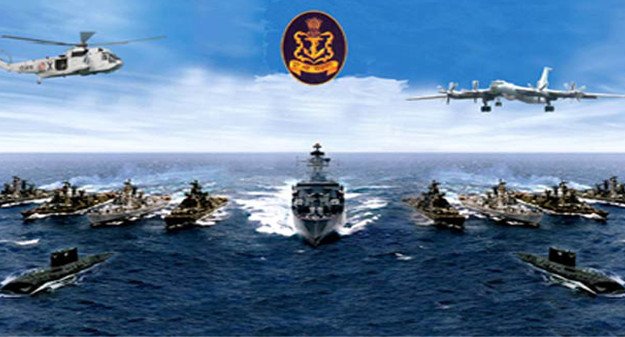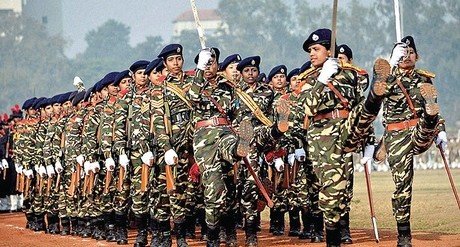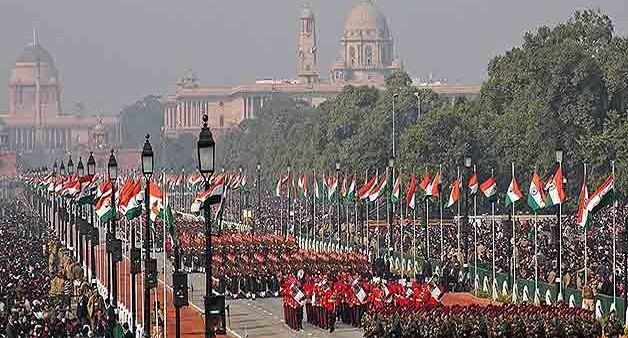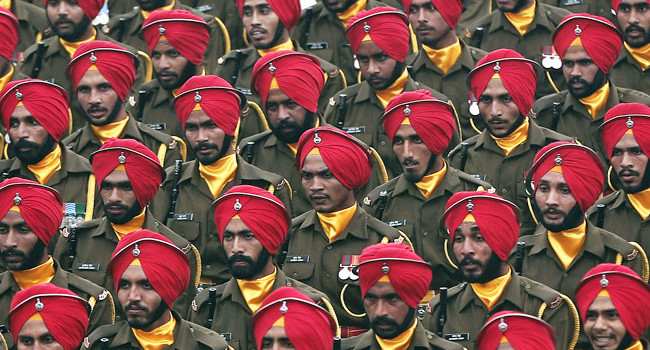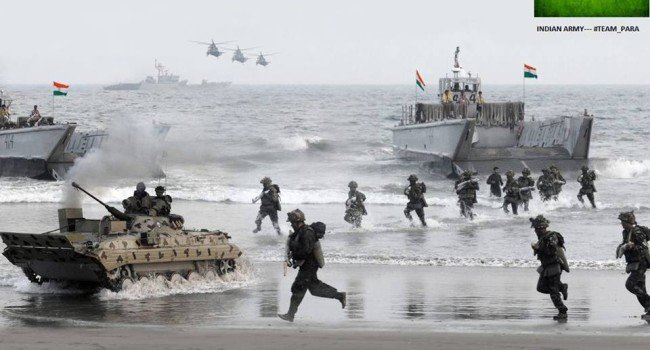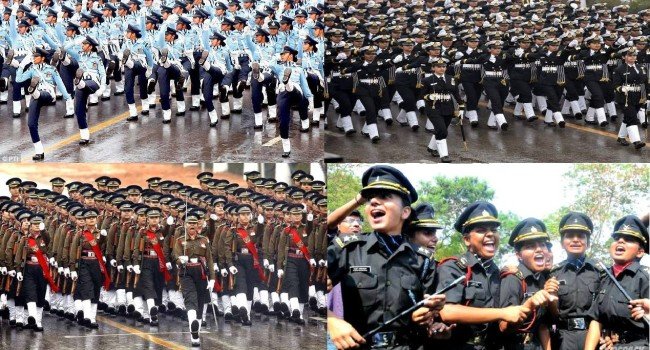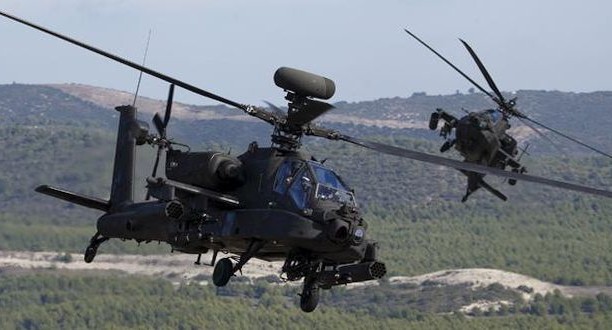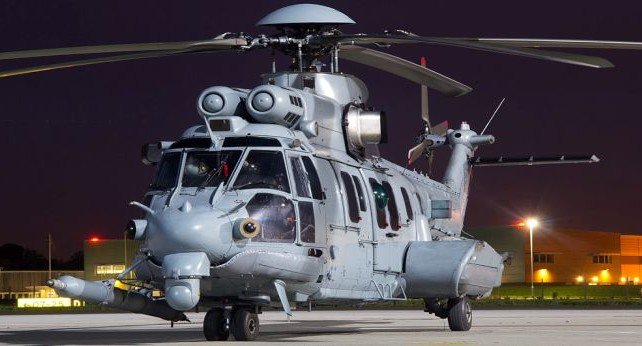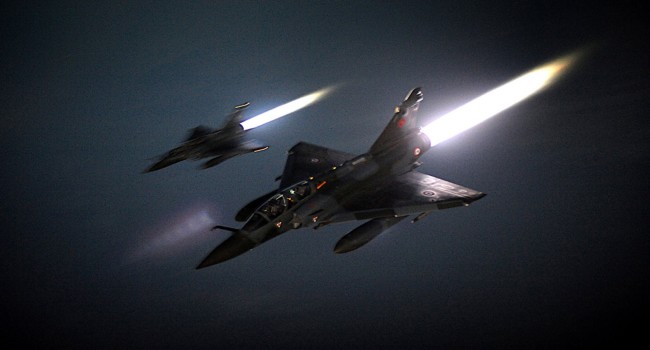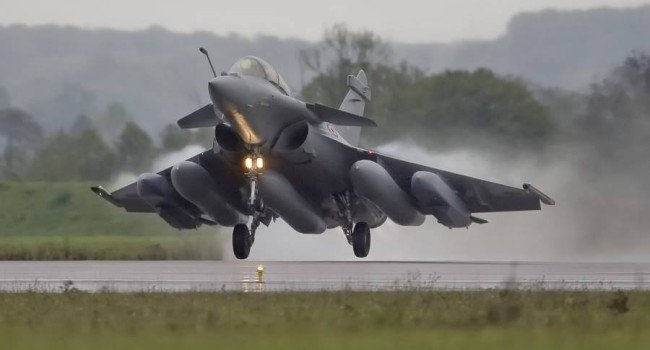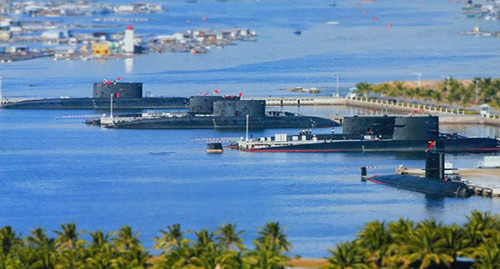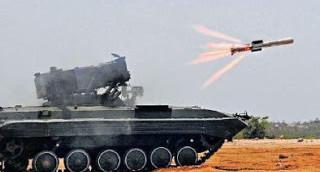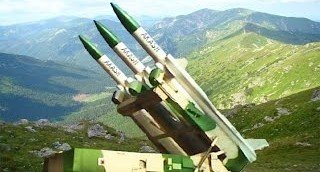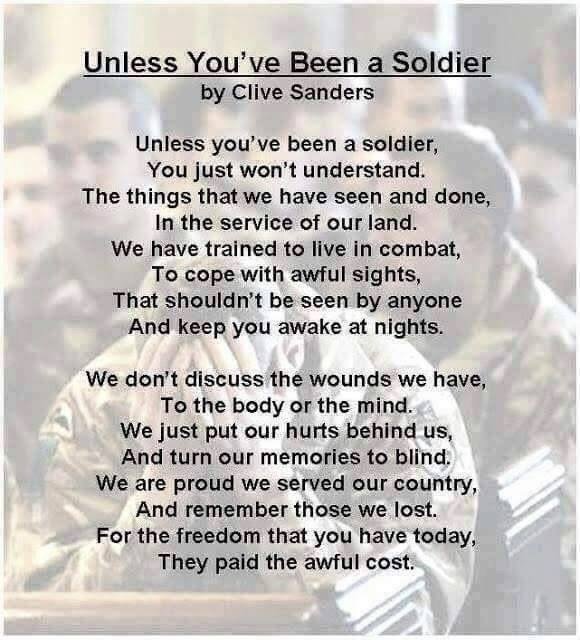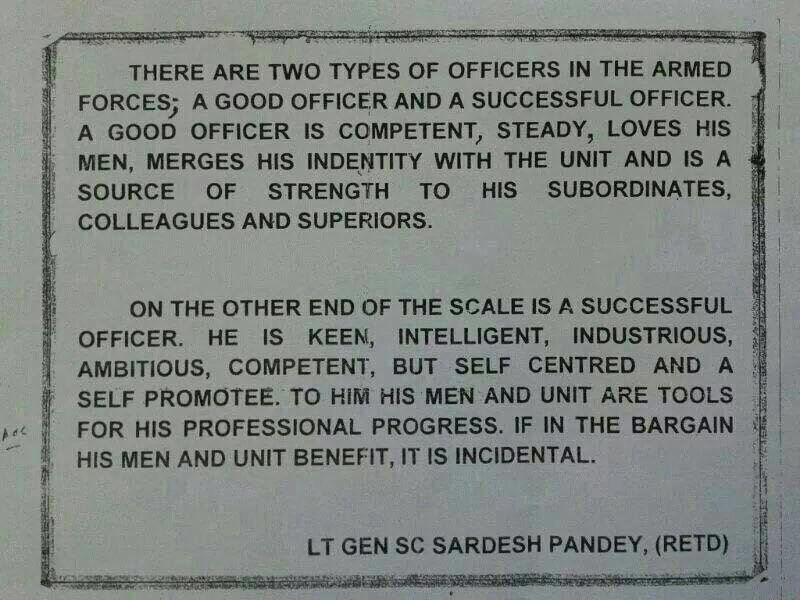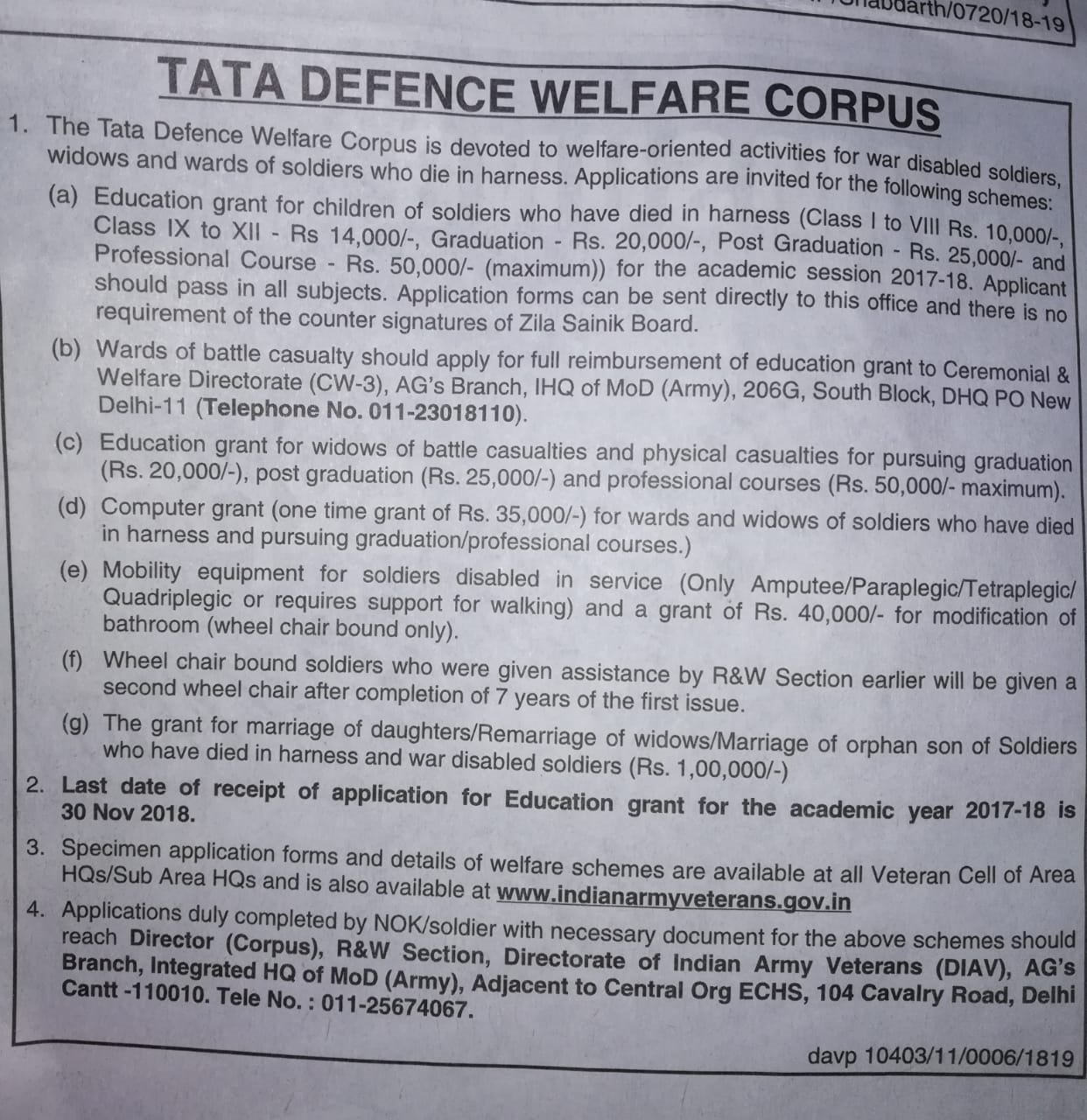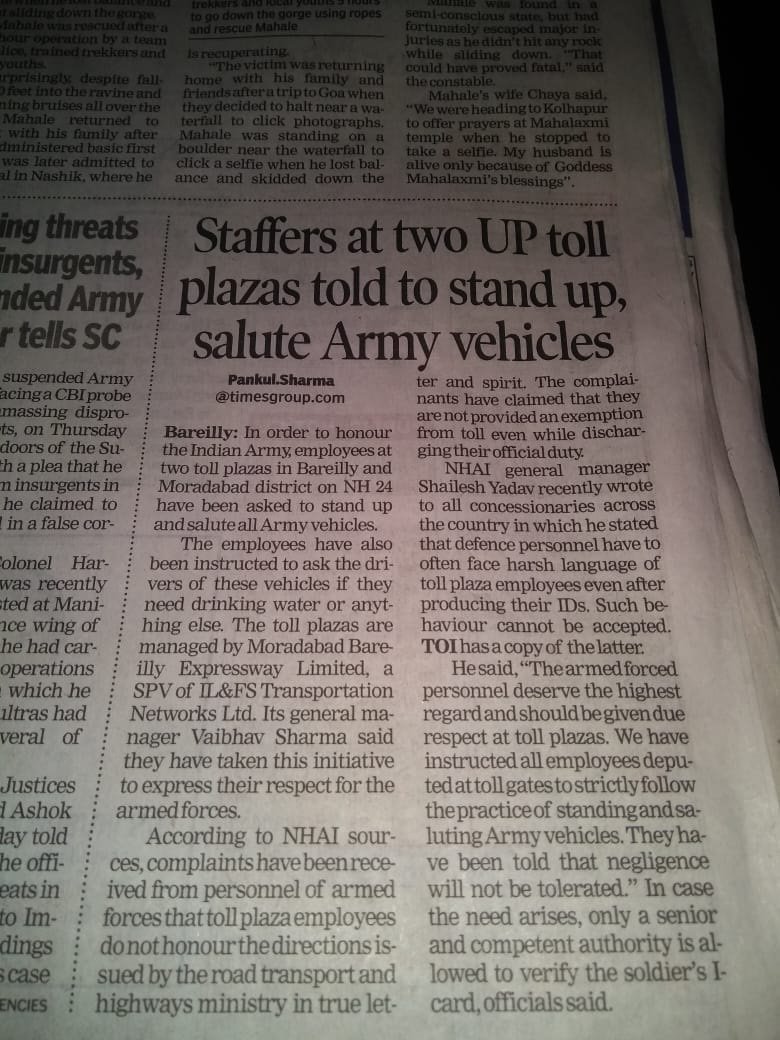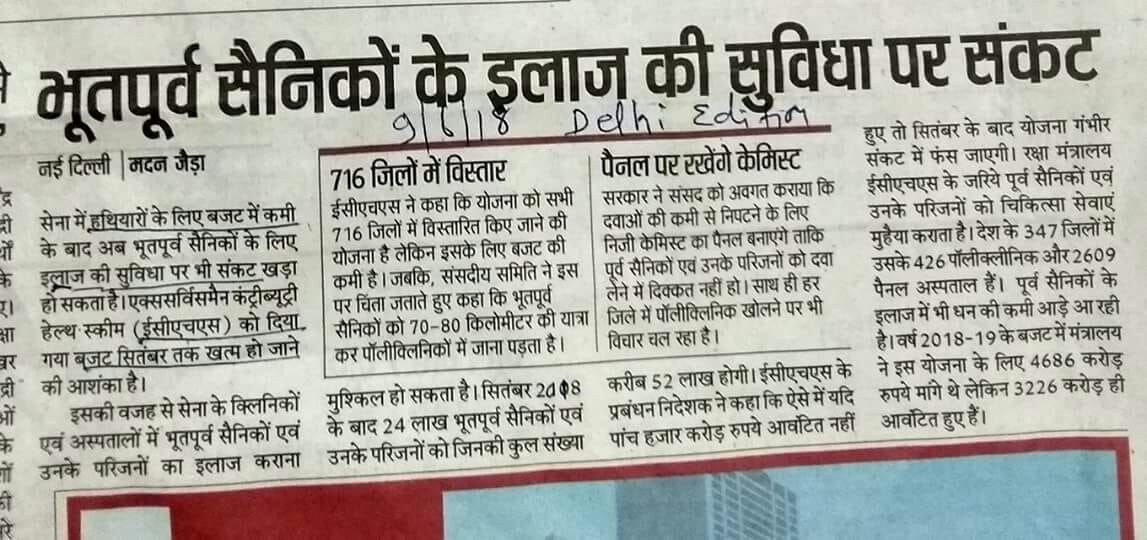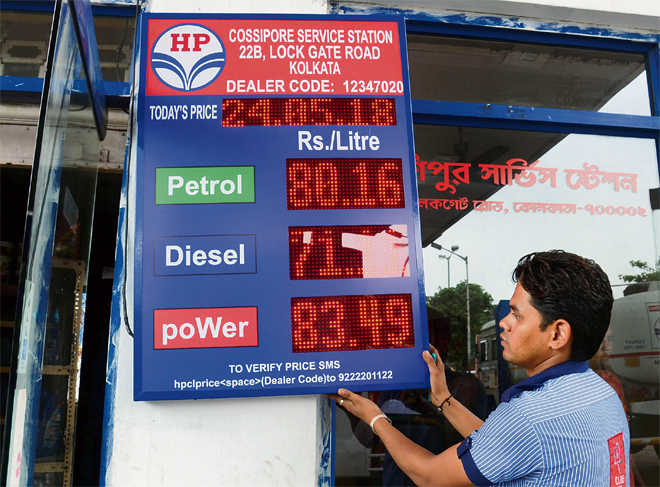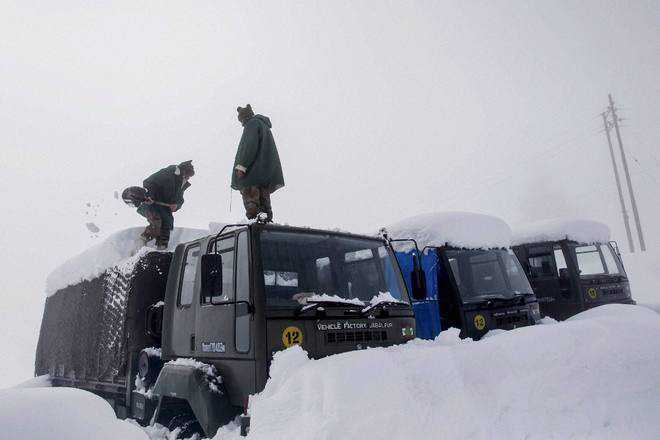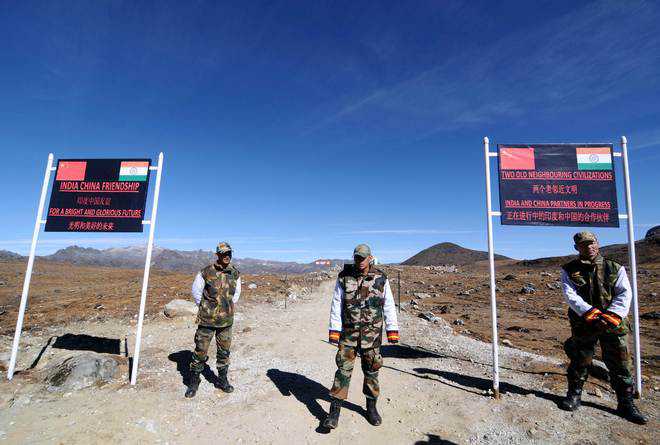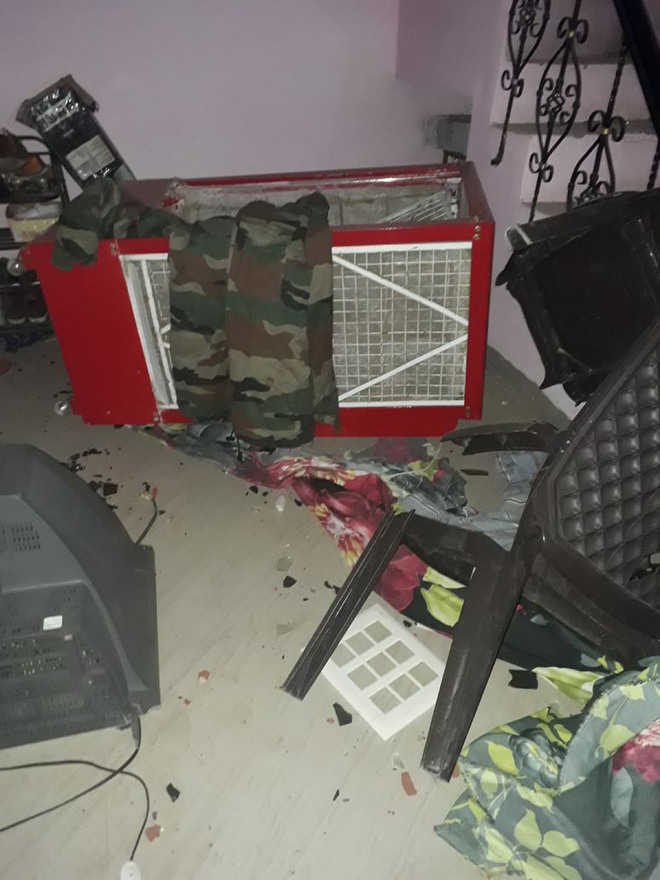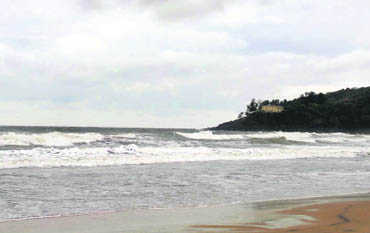
The most difficult part of the Ramzan suspension of operations by the security forces in Jammu and Kashmir is not the execution on ground but the decision on whether this should continue beyond Ramzan. That’s what led home minister Rajnath Singh to visit the state over two days last week to get a first-hand idea of the situation. The minister’s affable personality and reputation as a moderate makes him the ideal leader for this. The BJP’s partner in J&K, the PDP, obviously justifies the extension but opinion in Jammu and across much of the BJP’s nationwide support base is different. The factors which play a role in the security situation and the socio-political environment need deeper than peripheral analysis.
Along with the positive optics of the home minister’s visit, the first issue at stake is the fact that in New Delhi there is no consistency in the thought process on issues like continued suspension of operations, talks with the separatists or Pakistan and peace overtures. What analysts are increasingly finding is that with a foreign policy reset under way, its dynamics still uncertain, internal security policies too will be in flux. Obfuscation may be the better part of discretion for some time. Through this thought process, the suspension of operations and its extension may be the starting point for the development of positives and sustenance of options over a longer time.
There’s no doubt that while suspension of operations hasn’t led to peace and tranquility, its virtual rejection by all also hasn’t led to any earth-shattering turbulence. It actually acted as a trigger for a reiteration of the LoC ceasefire, called for by Pakistan obviously as a part of its policy reset. With elections due in Pakistan next month, and J&K lower on the radar there, a fairer chance will be available for the new government to reexamine its own policies in keeping with ground realities. It’s all about being pragmatic and giving peace a chance if there is no undue exploitation of the situation by the terrorist groups.
The short spate of grenade attacks and planned violence after the Friday prayers created a sentiment against any further suspension, which is what the extremists want. However, the security forces did well to limit the perception that such incidents would lead to a mass upsurge. Local sentiments by and large remained muted and in favour of the suspension, with mothers reportedly saying they slept well for the first time in years. It is people’s pressure, more than that from the security forces or the government, that changes things.
The governments at the Centre and the state will have to keep two reports by the J&K CID in perspective while considering their decision. Both reports, which leaked in the media, had different responses. The first gave extensive data to determine that South Kashmir’s terrorism, essentially local, is driven by the killing of local terrorists; it is their funerals which generate deep sentiments among youth from the vicinity of their villages or the encounter spot. The takeaway from this fairly exhaustive report is that the pipeline of local terrorists can be maintained interminably even as effective operations continue. The thinking in New Delhi, no doubt driven by further analyses of this report, is that alongside operations there’s a need for much more to calm and cool the environment and prevent generation of passions. If with suspension of “offensive operations” the levels of violence remain lower, it may give a chance to the authorities to be more proactive in their softer options of youth empowerment, better governance and political outreach. To its credit, the government demonstrated snippets of its organising skills during the home minister’s J&K visit and the media reporting of this possibly made a difference — sending the message of what J&K was missing for lack of peace. The suspension of operations was really a last-minute decision in mid-May, and gave the state government little time to plan, execute and demonstrate what peace could bring in its wake. The separatists and the terror groups, a little surprised by the government initiative, also couldn’t reorganise themselves. If any justification for the extension has to be sought, it lies here — that perhaps it needed more time for peace to be given a chance. At the outset in mid-May I had argued that the decision to suspend operations should have included the period of the Amarnath Yatra, which would give sufficient time for the actual realisation of the effect. However, the J&K CM did have a valid point that the situation with all its challenges needed to be handled with small steps. If the home minister does recommend extension and the Centre accepts it, it will be up to the state government to convert this opportunity into greater prospects for peace through better governance, more outreach to the people and communication to those opposed to the very idea of India. All this forms a part of strategic communication, on which much greater focus has to be placed.
The second aspect of the J&K CID’s report — that religious radicalisation is a myth and that many of those who decided to pick up the gun had essentially Hanafi Sunni origin or Sufi leanings — needs deeper analysis. Believing the current narrative without debate may lead the government to incorrect deductions and actions. During the height of the ISIS (Daesh) crisis in the Middle East, most of those who became religiously radicalised were non-Muslims, let alone being Hanafi or Maliki Sunnis. The original ideological orientation of an individual has little bearing here. Counter radicalisation and de-radicalisation programmes must form part of the package of measures during the extended suspension if the final decision is in that direction.
With very successful counter-infiltration in the last few weeks strategically, it is one of those junctures when a decision could be a make-or-break one. Considering what is on in terms of reset of relations with major countries, a positive turn in J&K with new initiatives could well send out an important message of change being in the air; hopefully only for the better.



